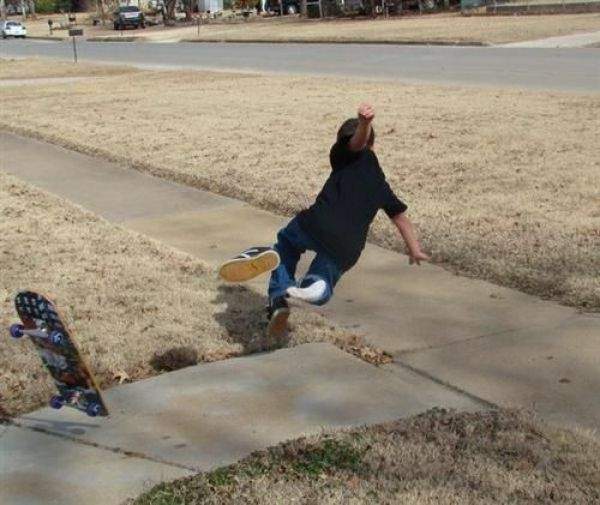
As we roll into the warmer days of the year, children are out and about everywhere. Whether playing baseball, soccer, riding bikes, jumping on the trampoline, or just goofing around, summertime is the time of increased injuries and along with that goes head injuries. While I am not going to go into the details of concussions and when it is safe to return to sports, I am going to discuss whether or not is is necessary to go to the hospital to get a CT scan of the head to look for signs of serious injury and whether or not that determination can be made by a video visit with a doctor or does it need to be done in person.
The human skull has been taking a beating for generation upon generation of us. Luckily, our skulls have developed such that they can handle our more common injuries. Think about it. What normally happens when you hit your head? Often it is falling forward or backward. Maybe you walked into something. Much of the time we hit ourselves in the front or back of the head. This is where our skulls are thankfully the most protected. In the front, we have a double wall of bone at the space between the eyebrows and the front hairline. This frontal sinus with its cushion of air in between the double wall of bone, helps protect our brains from injury. In the back of our heads, the bone there is quite thick and also more protective.
However, the sides of our head, particularly our temples, just in front and slightly above our ears, is a thinly boned area and more prone to serious injury. If the force is strong enough, that force can overcome any of the protection our skull gives us. That is why it is so important to wear helmets for many of our common higher risk activities.
While we suggest below that an adequate exam can be performed by a video evaluation with a trained healthcare professional, we are not suggesting that any child with the signs and symptoms listed above wait for any extended period of time to get examined. If choosing to be evaluated through a telemedicine service, if it appears there will be a delay in getting seen, then an in-person urgent evaluation is recommended instead.
A CT scan of the head after injury is primarily used to help determine if there is a broken bone (skull fracture) or if there are signs of internal bleeding or swelling. But is there a reliable way to help determine if a scan is needed?
Luckily there is. There are several guidelines published from various societies about who is or is not likely to benefit from a CT scan. But for children there is a specific guideline called the PECARN Pediatric Head Injury/Trauma Algorithm that could potentially be used in a modified manner to help in making the decision. The research behind this guideline originally included over 42,000 children. This research has been duplicated in other studies with the results and safety of applying this guideline to children have been consistent over time and various studies.
With an ability to get a good story of what happened and some assistance from a parent or other responsible person, a healthcare provider trained in doing neurologic exams over video can be as effective as an in-person evaluation. Related to this, a recent small study published in the journal Neurologyshowed that decisions about diagnosis and return to play for athletes with head injuries were equal between doctors located far away seeing the athlete by video and on the field in-person medical evaluators.
In order for the medical evaluator to make the decision, some important pieces of information need to be gathered:
The general summary is that if a child is acting normally, has a normal neurological exam, no suggestion of skull fracture on head exam, and a history of injury or symptoms that is less likely to indicate a risk of significant internal damage....then a trip to the emergency room and the radiation exposure and expense of a CT scan could potentially be avoided.
Check out these other sources for more information:
At Care on Location, our medical staff is experienced in performing neurologic exams over video to help you assess the need for further testing after a head injury. See a board-certified clinician on a desktop, laptop, or tablet after-hours and weekends.